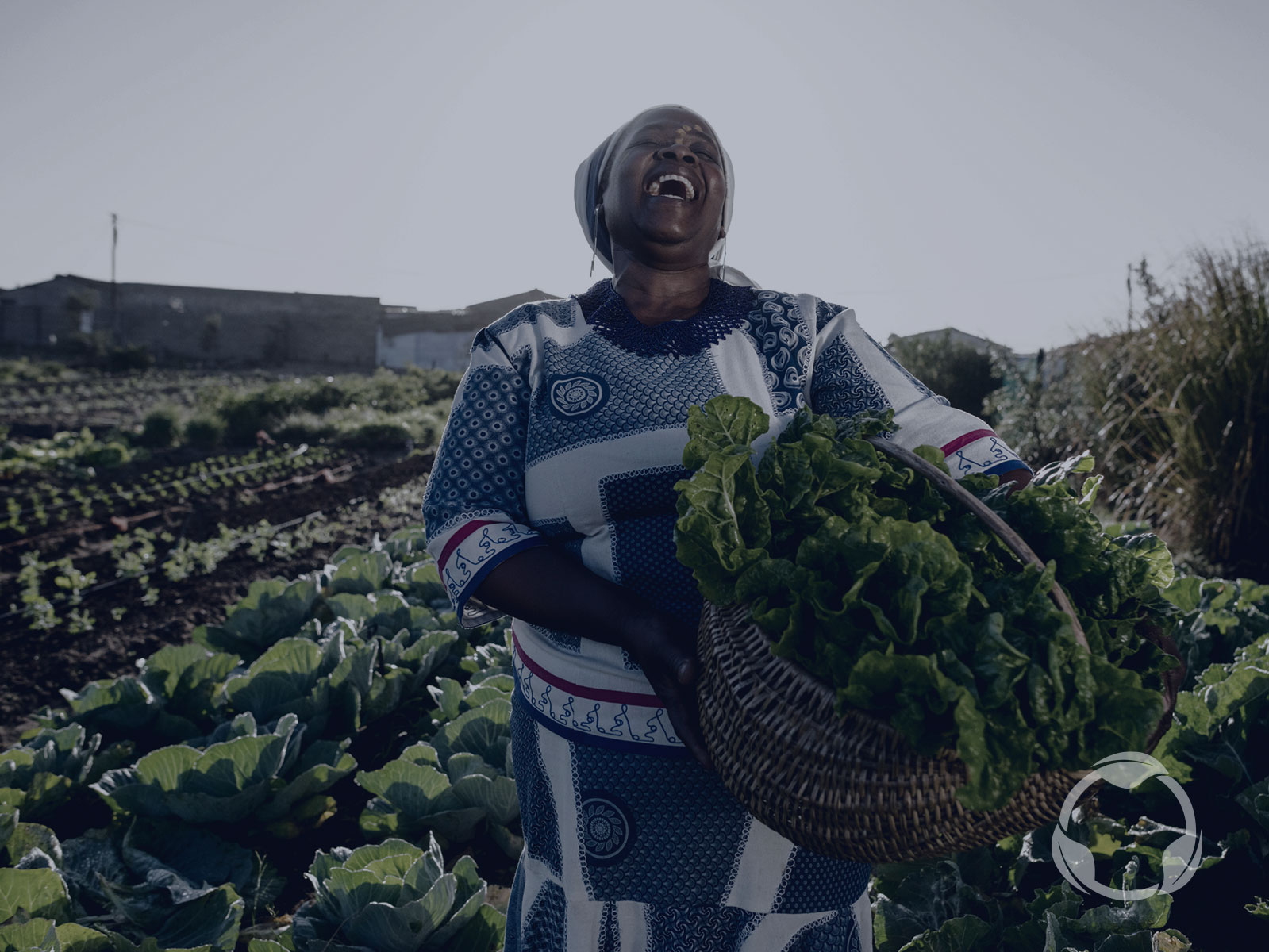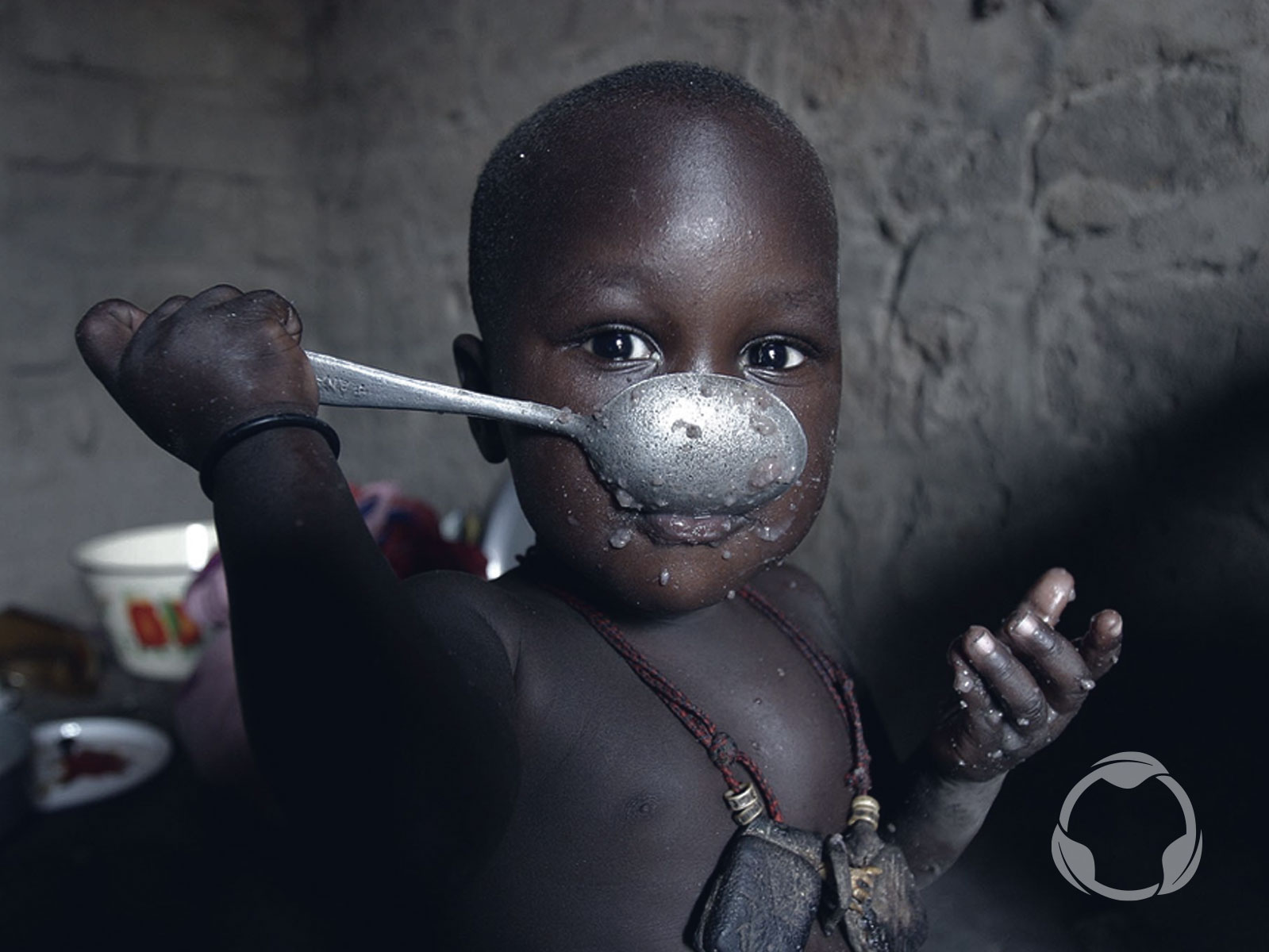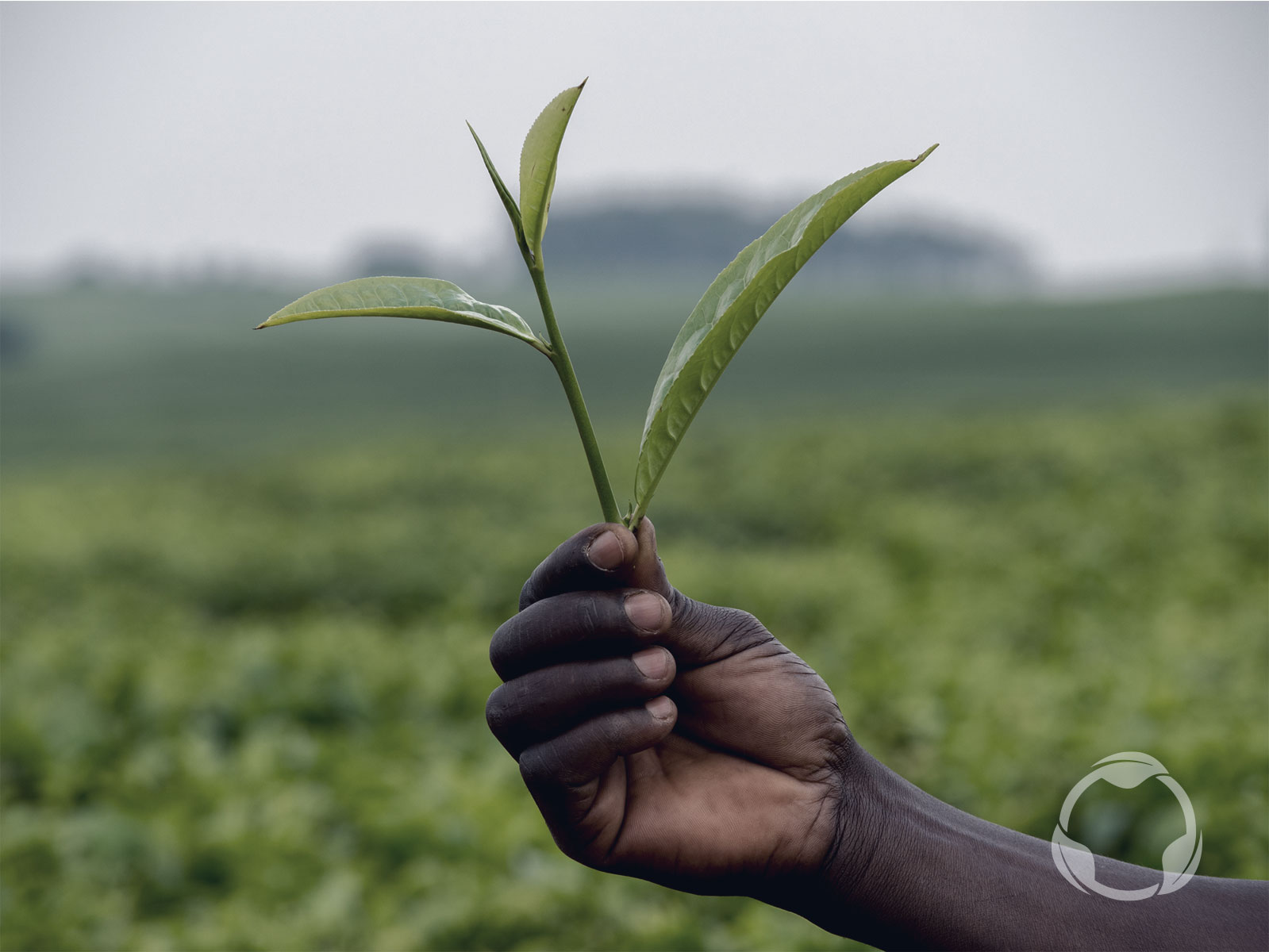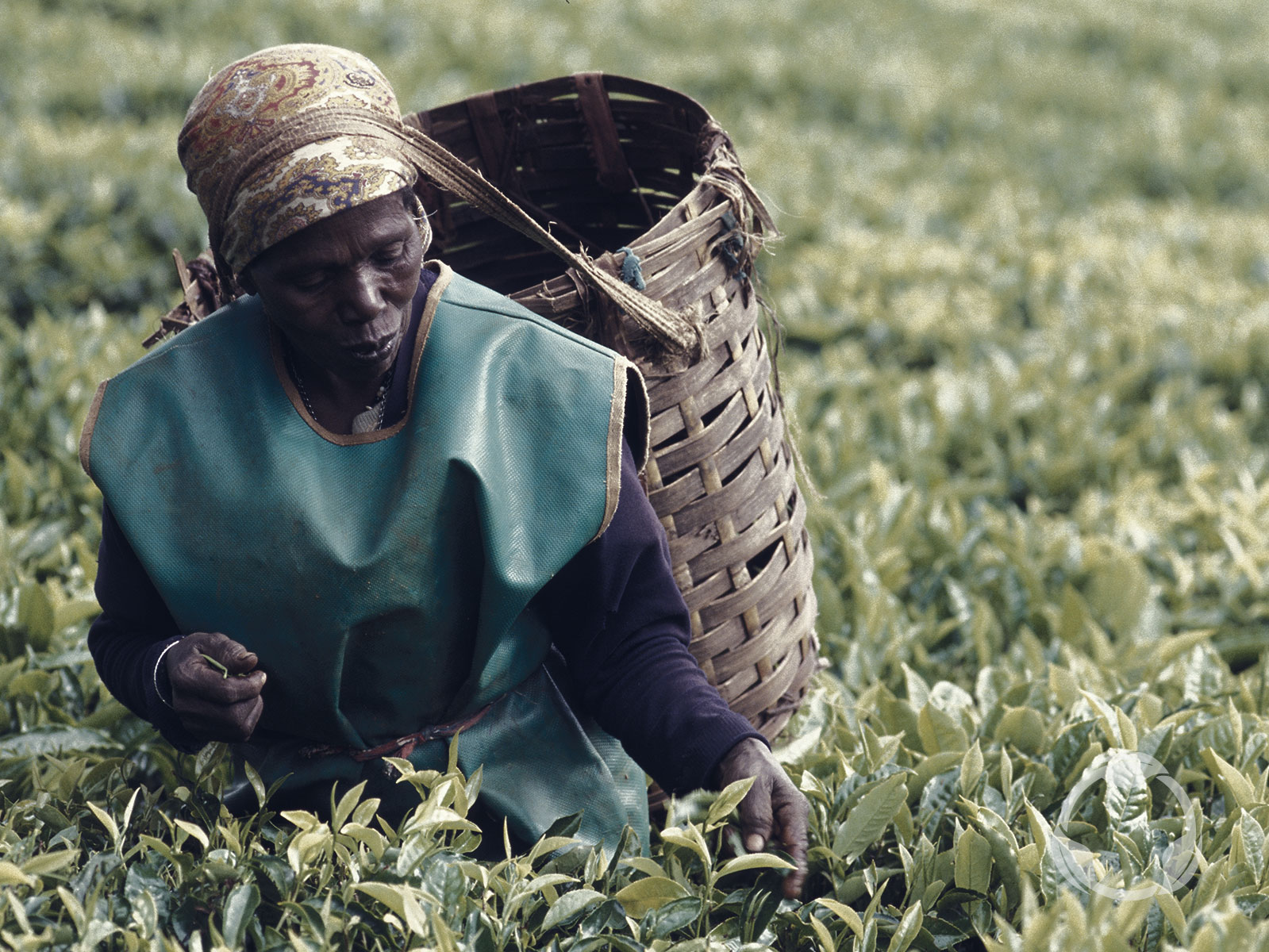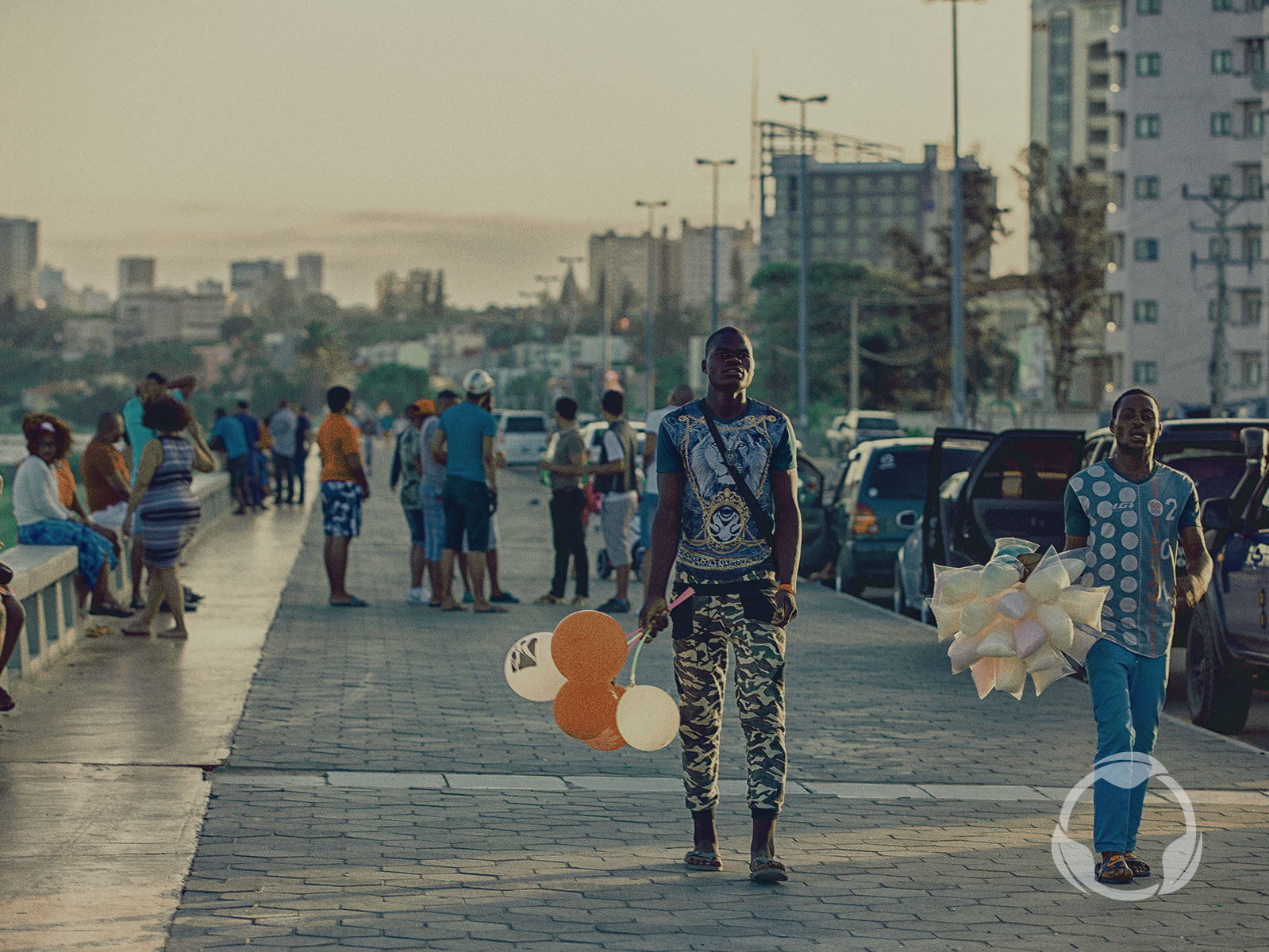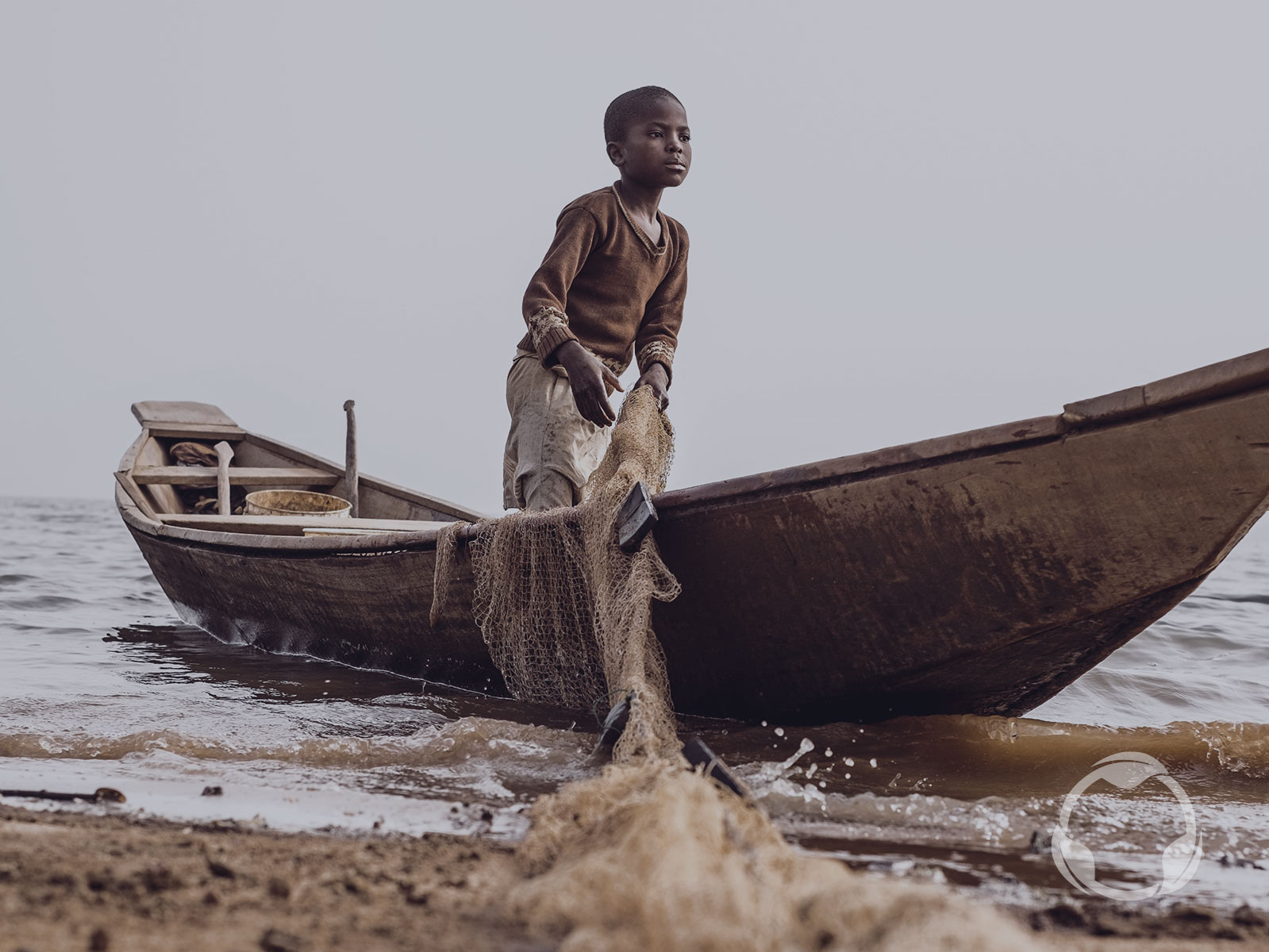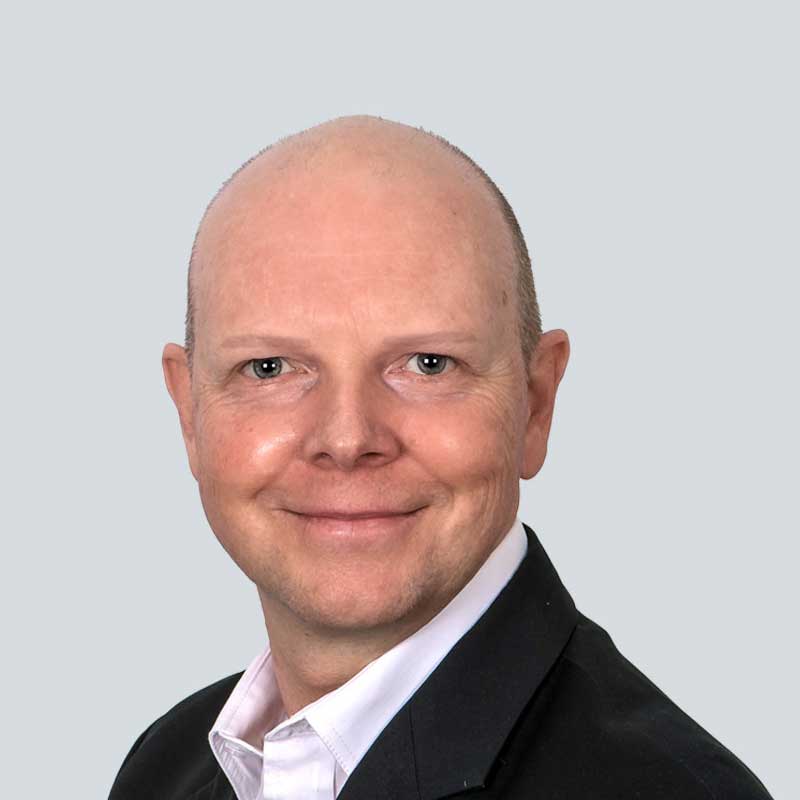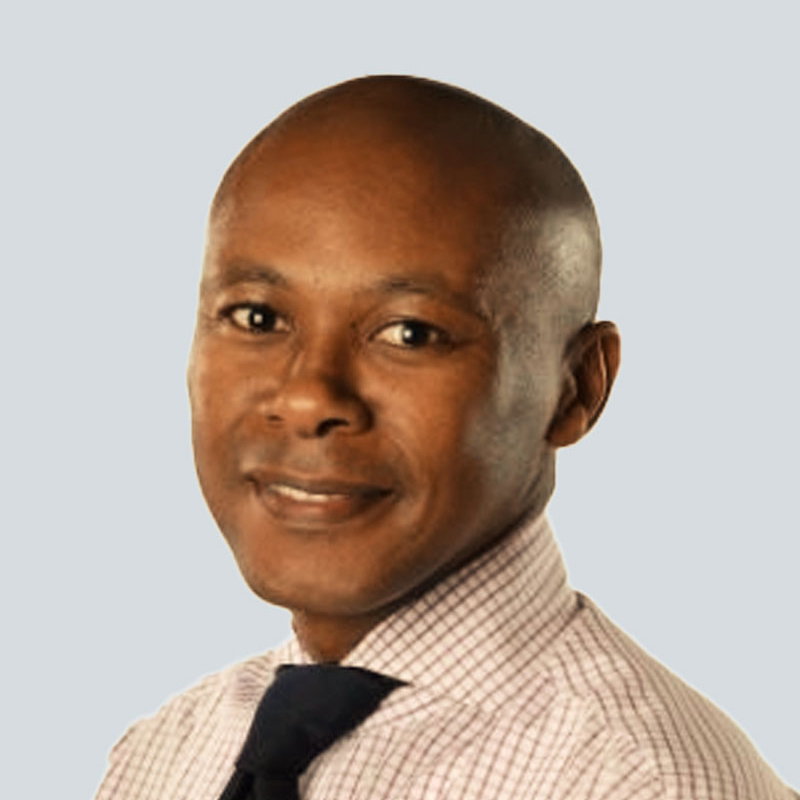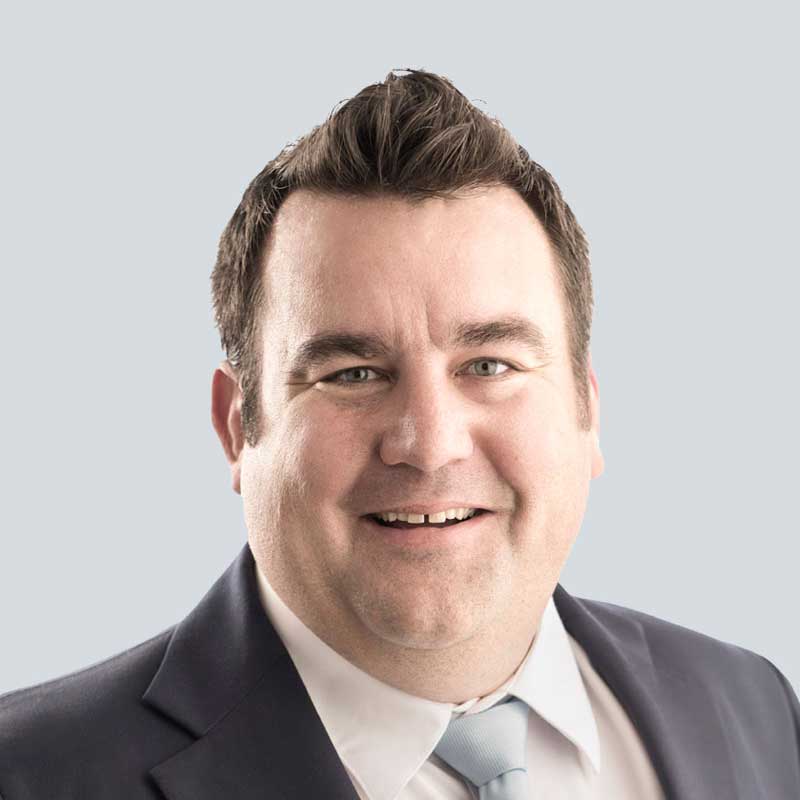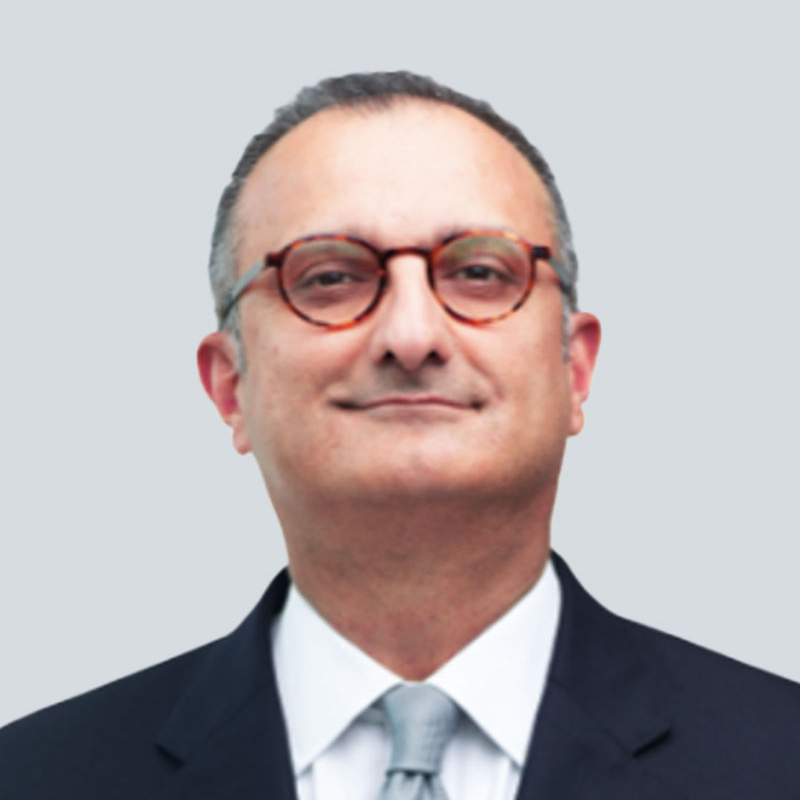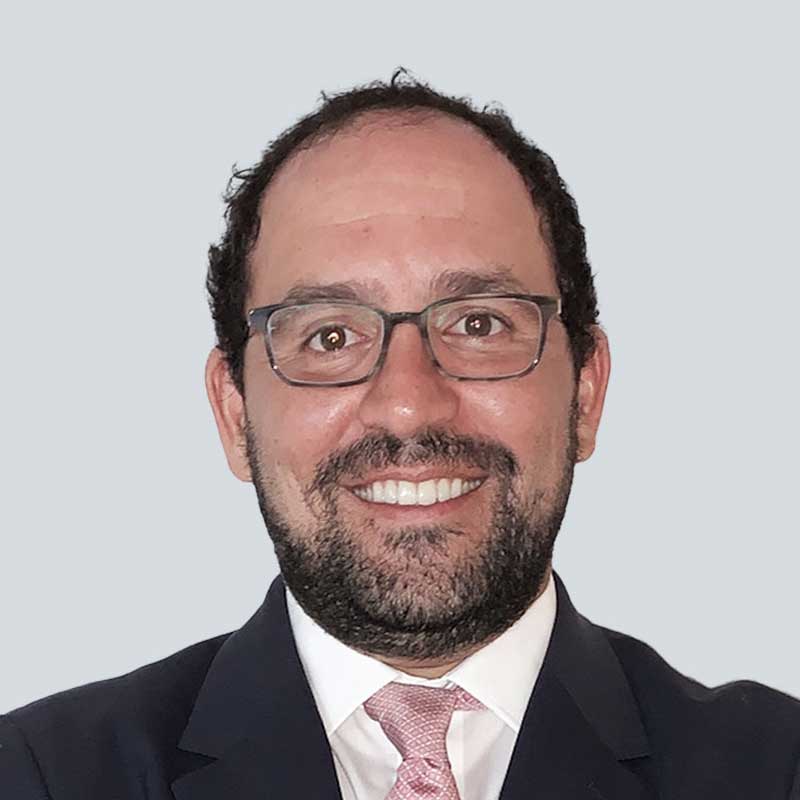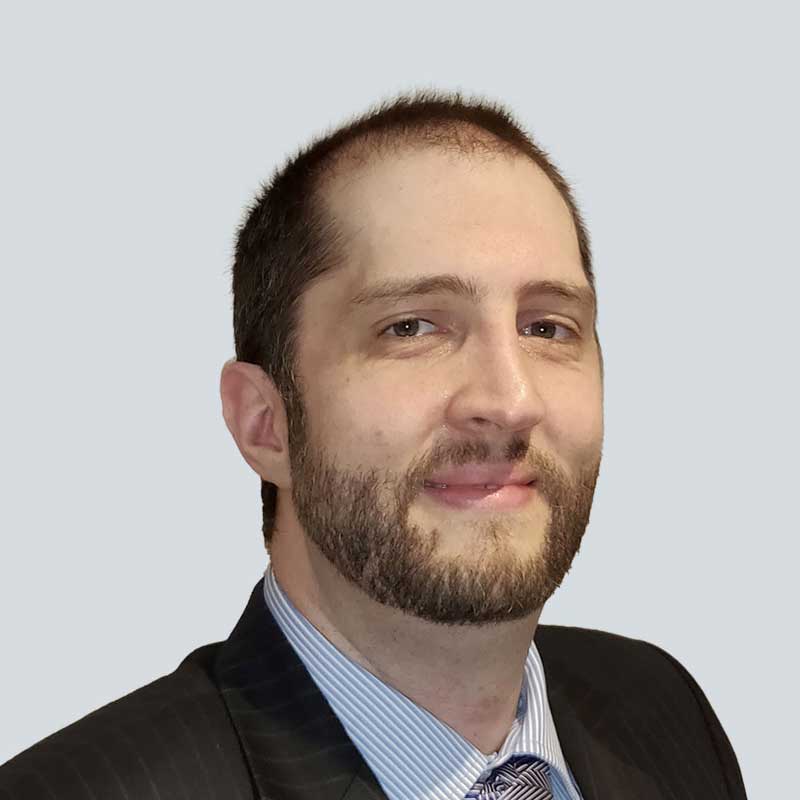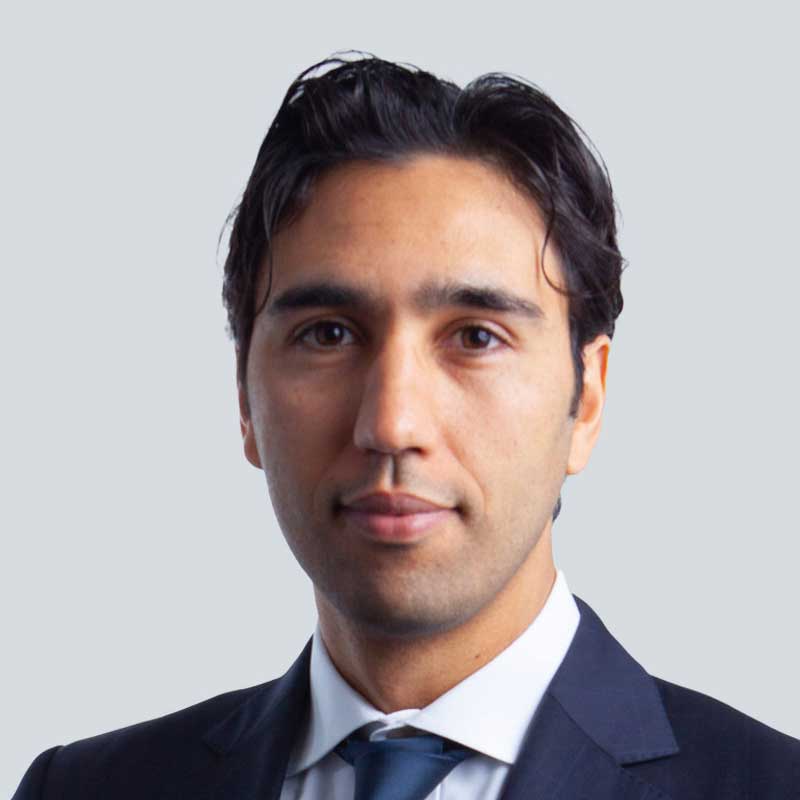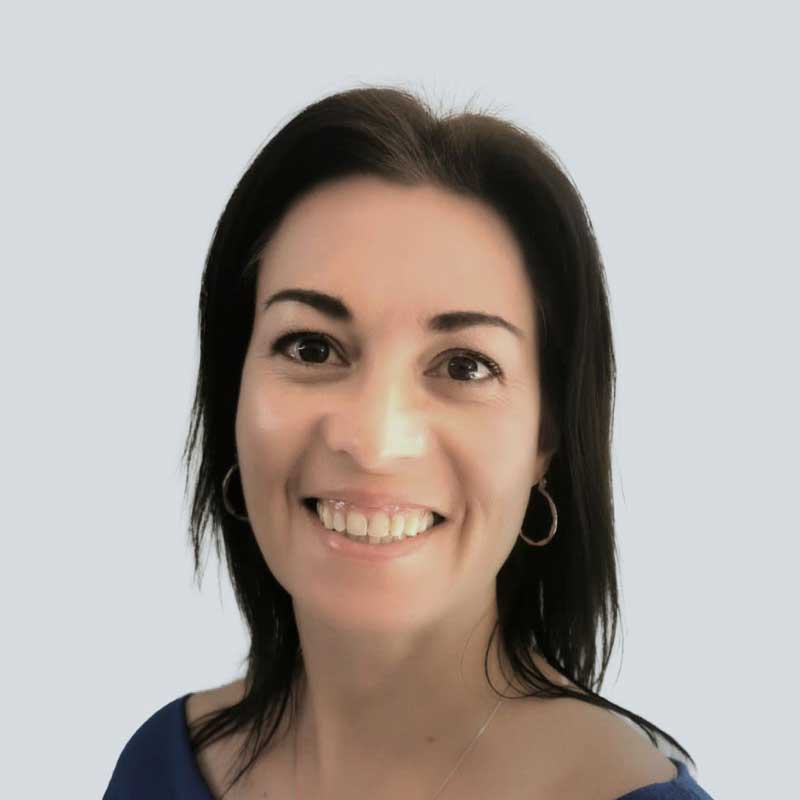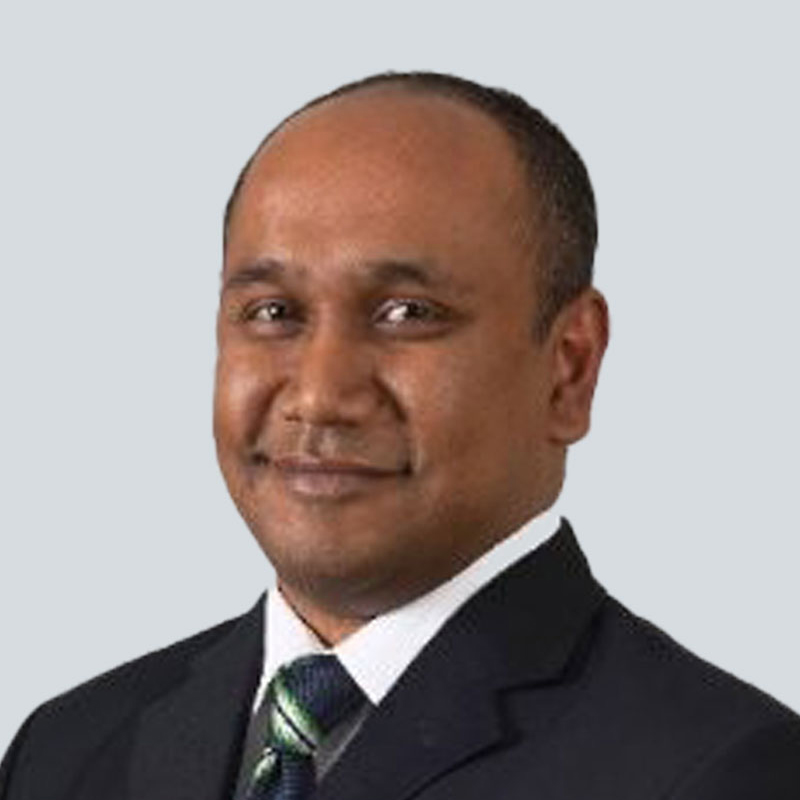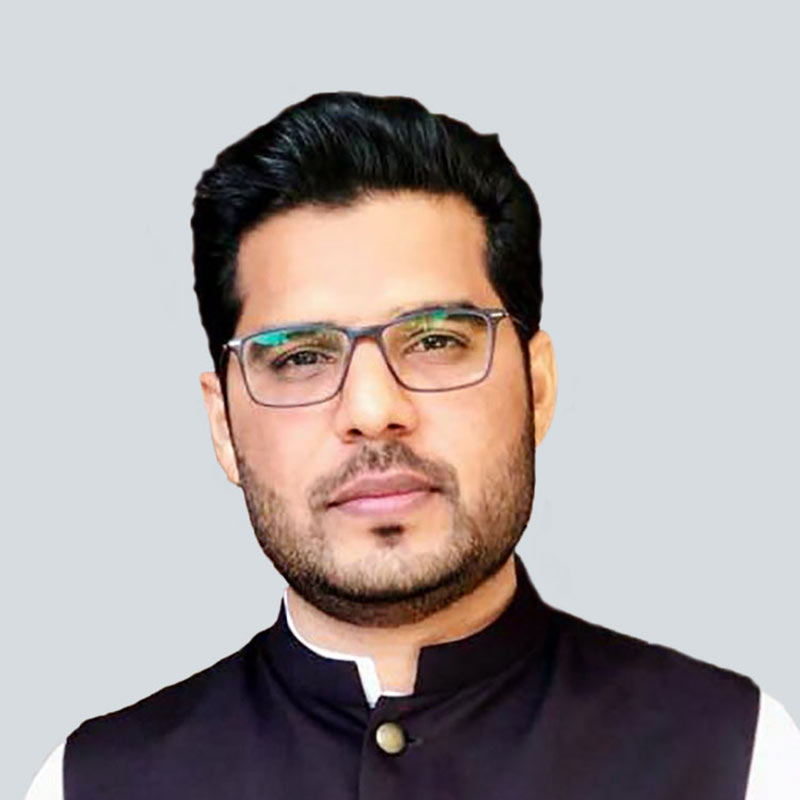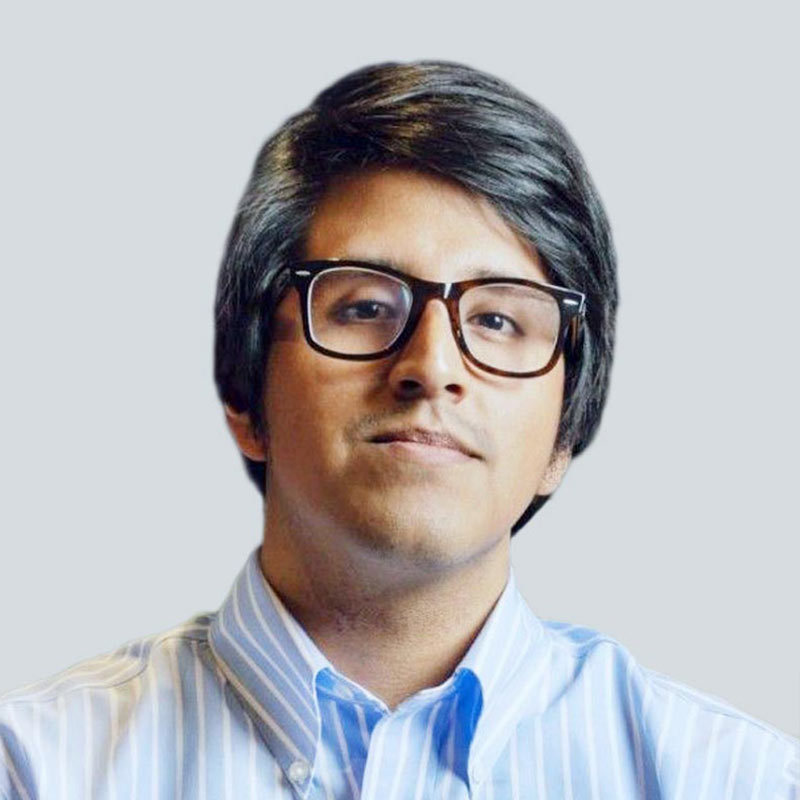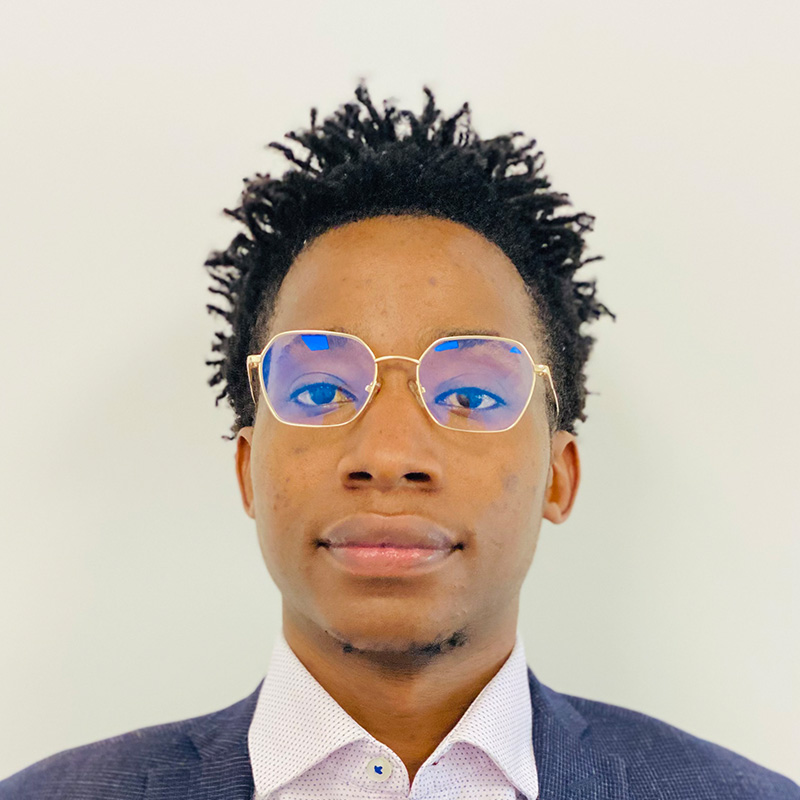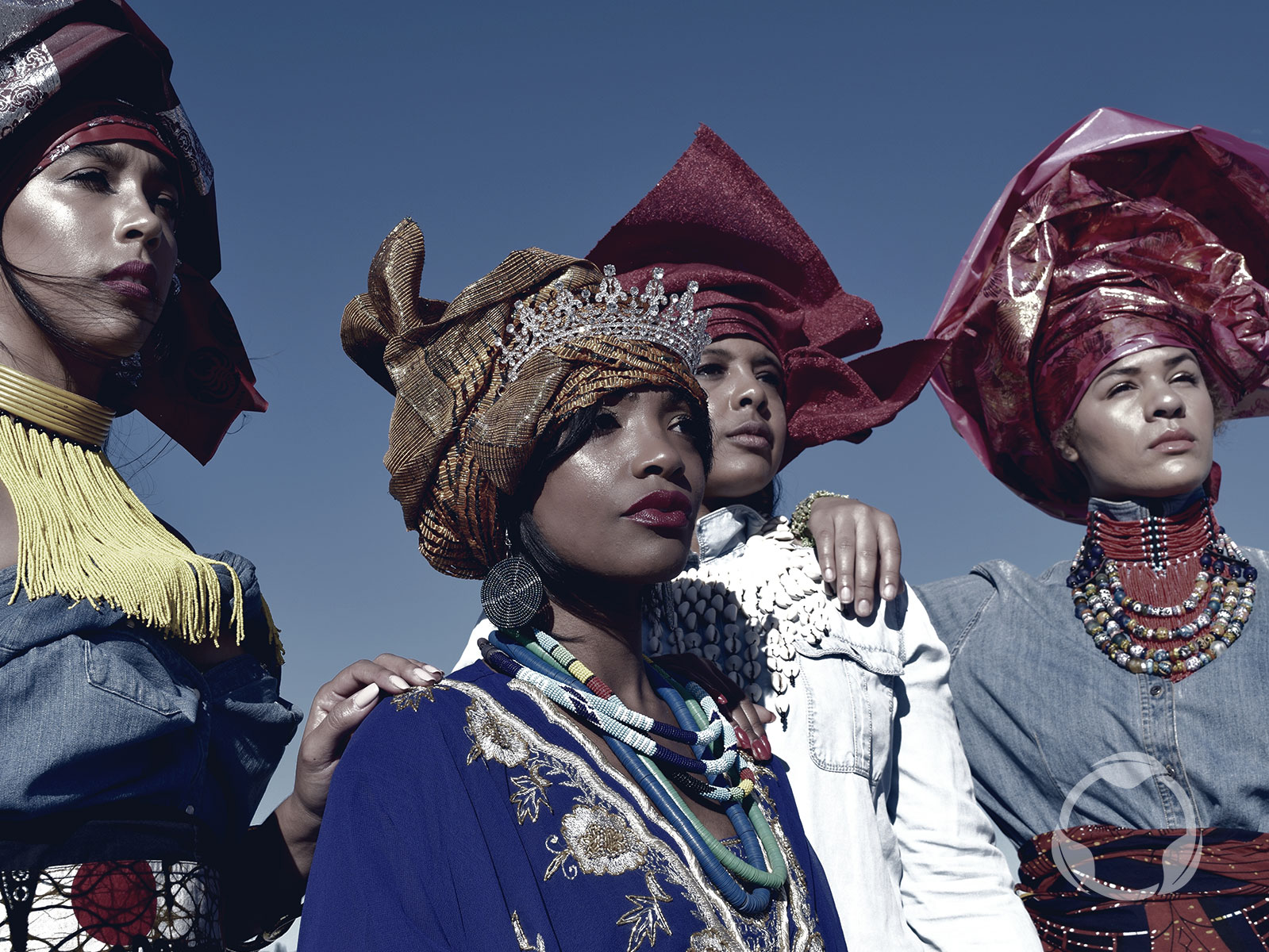
SDG’S PROGRESS: 11 YEARS LEFT TO THE 2030 DEADLINE (PART 2)
Part 2: How we can achieve gender equality, sustainable energy and promote economic growth by 2030
The 2030 Agenda for Sustainable Development outlines different ways the world can achieve dignity, peace and prosperity for people and the planet, both now and in the future.
With just 11 years left to the 2030 deadline, how much progress have we made and how far do we still need to go?
Goal 5: Achieving gender equality
This goal aims to provide women and girls with equal access to education, health care, decent work, and representation in political and economic decision-making processes in order to promote sustainable economies and benefit humanity at large.
While some forms of oppression against women have been eradicated, gender disparities continue to hold many women back while depriving them of certain human rights and opportunities. Africa in particular, continues to score low on gender empowerment. In fact, the latest Gender Development Index score in 39 African countries was 87 percent, meaning that the Human Development Index value for African men in these countries was 13 percentage points higher than for women.
In Africa, gender inequality is often connected to agriculture, land ownership and productivity. Weak property rights reduce incentives for women to invest in their land, and women tend to operate smaller, less sophisticated farms, and earn less revenue from their agricultural produce.
Gender lens investing is one way we can work towards achieving gender equality. This rapidly growing subset of sustainable investing aims to earn financial returns while also addressing gender disparities. According to a report by the gender-lens investment accelerator Catalyst at Large, assets under management with a gender-lens mandate grew 85 percent in the 12 months prior to July 2018, as global investors added more than $1 billion to a range of gender-smart strategies. It’s clear that gender-lens investing makes business sense but there is there is more work to do, especially in Africa where the gender gap is largest.
Goal 7: Affordable and clean energy
Energy is central to nearly every major issue the world faces today. It’s essential for jobs, security, climate change, and food production. Working towards this goal is especially important as it also connects with and impacts the progress of the other SDGs.
However just under one billion people currently survive without electricity with 50 percent of them living in sub-Saharan Africa alone. There are approximately three billion people who lack access to clean-cooking solutions and are exposed to dangerous levels of air pollution.
Fortunately, progress has been made regarding the use of renewable electricity from water, solar and wind power, and the ratio of energy used per unit of GDP is also declining.
However, we are still far from finding a permanent solution. There needs to be more access to clean fuel and technology and more progress needs to be made integrating renewable energy into end-use applications in buildings, vehicles and industries. Public and private investments in energy also need to be increased and there needs to be more focus on regulatory frameworks and innovative business models to transform the world’s energy systems.
Goal 8: Decent work and economic growth
This goal aims to promote sustained economic growth, higher levels of productivity and technological innovation. Encouraging entrepreneurship and job creation are key to this, as are effective measures to eradicate forced labour, slavery and human trafficking. With these targets in mind, the goal is to achieve full and productive employment, and decent work, for all women and men by 2030.
Even though the annual growth of GDP per capita is increasing globally, there are still many countries in the developing world that are decelerating in their growth rates and moving further away from the seven percent target set for 2030. Approximately half the world’s population still live on about US$2 a day.
Achieving this goal requires increased access to financial services to manage incomes, accumulate assets and make productive investments. It also requires increased commitments to trade, banking and agriculture infrastructure that will increase productivity and reduce unemployment levels in the world’s most impoverished and underserved regions.
Given the scale of capital required to achieve the above SDGs, if we are to meet the 2030 deadline, we must inject a sense of urgency and step up action by executing new approaches to incorporate the SDGs throughout the investment cycle.
